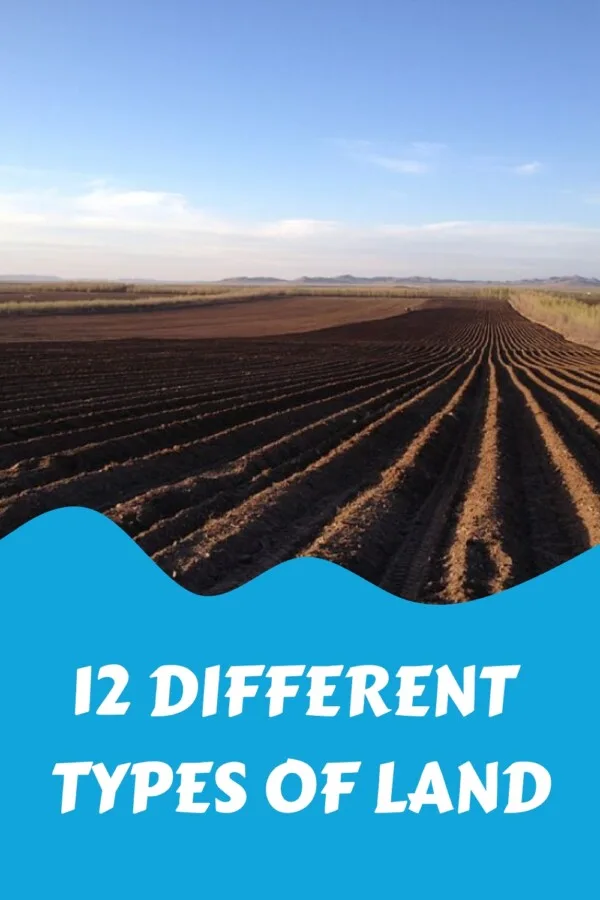Are you curious about the different types of land? Do you want to know what kind of land is in your area? Then this blog post is perfect for you!
Next to water, the land is the most significant factor in the world. The universe’s living organisms are all above ground.
A man can use the land for many purposes, including mining, agriculture, forestry, building houses, roads, and establishing factories. We convert vacant land into hospitals, schools, or residential quarters.
Knowledge of land use is crucial since it helps you check what you should do with your land ownership.
We’ll explore the various types of land and explain how they differ from one another. Read on to learn more about the different kinds of land! But first, let’s define land use and why does it matter?
What Is Land Use and Why Is It Important?
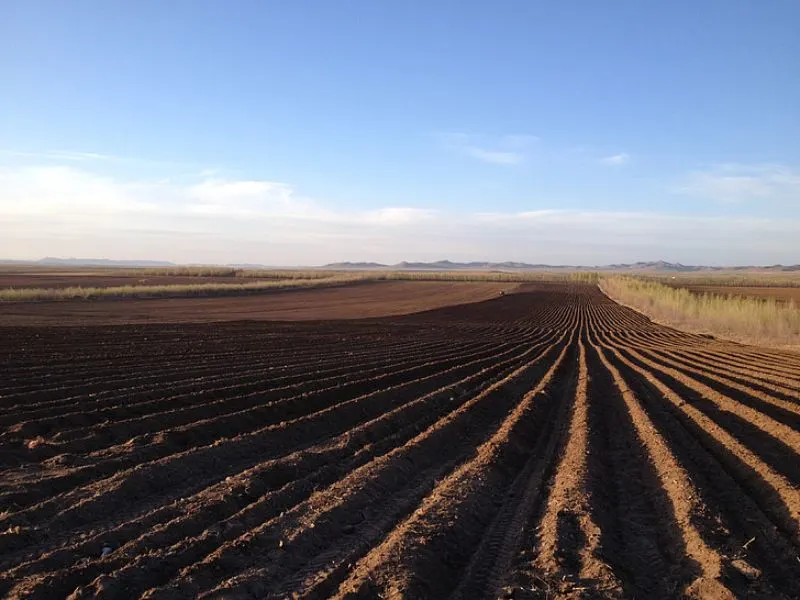
Land use refers to the human use of land. You can use the land for various purposes, including economic and cultural activity. So, if land uses a term relating to how humans use land – what does it imply? You can classify these economic and cultural activities as agricultural, commercial, recreational, residential, and transportation activities.
Different kinds of land will be used for various purposes. Human behaviors and demographic changes can all affect how land is used.
Land is a finite natural resource that everyone needs and uses. So various rules and regulations safeguard and ensure that it is used safely and fairly. This protection is provided inside towns and cities through zoning laws and regulations.
Zoning separates residential, commercial, and industrial uses for the benefit of all. Land use is monitored at the state and national levels. And it is to guarantee the correct usage of public and protected land.
Humans cannot survive without water, food, and healthy land and soil. They can only conduct economic operations on land.
The world’s living beings cannot exist without the four essential factors – water, food, shelter, and place. And all these factors man can only get from the land itself.
Land uses can shift from time to time. It varies by location and is determined by what is around it. Land use changes occur all the time. They are due to air and water pollution, trash generation, wildlife habitat, climate, and the community’s health.
Remember to study local zoning ordinances and the county’s rules and regulations. It is critical for both existing landowners and people wishing to buy land. Knowing these things provides you power since you will be aware of the uses your property enables and will be aware of any changes.
Different Types of Land Use
What are some instances of land use? There are six forms of land designated use or categories for which humans use land. You can classify land use into six broad categories: agricultural land use, residential land use, recreational land, commercial or purchasing land, industrial, and transportation land. In most cases, strict standards dictate where it can be located and how it can be utilized.
Individuals or groups can own land. Public land is land not privately owned. Everyone owns public land, which is paid for with taxpayer dollars. Public land will be subject to strict rules on its usage. And will be governed by federal, state, and local government entities.
Some public lands have also been classified as protected land. Protected land is public land that has distinctive traits or features. It needs the protection of more stringent and detailed rules governing what is permitted. National parks such as Yellowstone and the Grand Canyon are examples of protected public areas.
Urbanization refers to the movement of people from rural areas to cities. Urbanization necessitates a change in land use. With an increasing number of people comes the demand for more housing and jobs. And it entails converting agricultural or natural recreational land use to residential, business, industrial, and transportation land use. There is also land set aside for recreational purposes (parks, playgrounds, etcetera.)
City planners and other government organizations examine where and how people live to develop projections for future land use. This information is used to advise proper land use through regulations and zoning laws.
Zoning and limiting land use help protect an area’s quality, whether urban or rural. Land allocated for residential development may be ideal when located distant from significant agricultural or industrial zones. Commercial land use may be well suited to be near residential land.
So, let’s discover the various types of land and explain how they differ from one another.
12 Different Types of Land
1. Commercial Land
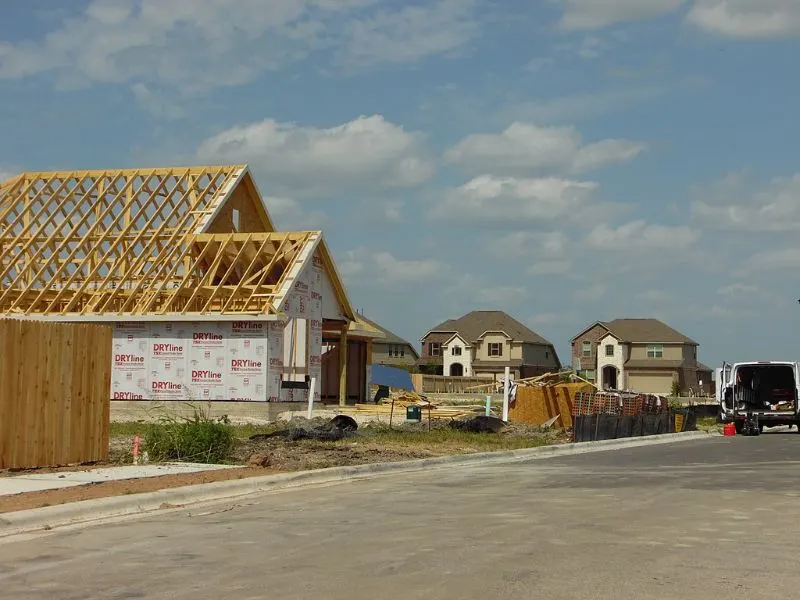
Commercial land is its own category. You can define land that has been zoned for use in the sale of goods and services for financial profit. This type of land use includes restaurants, shops, and offices.
Land and building are more expensive since commercial land is a one-time investment.
It results in a substantial return on investment. And the worth of a corporation is determined by the location and expansion of its areas. Commercial land is more expensive to buy and maintain than residential land.
Commercial real estate provides rental income. It also has the potential to create jobs and boost the local economy. Examples of commercial land use include malls, plazas, gas stations, and office buildings.
See Related: How to Make a Commercial Building More Energy Efficient
2. Industrial Land
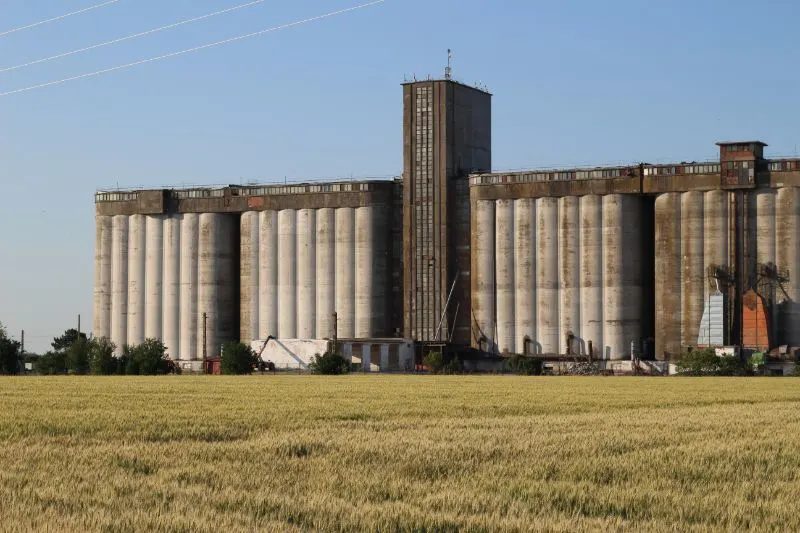
Industrial land is ideal for factories, office buildings, research and development facilities, manufacturing plants, business parks, and corporate campuses. It is the land used in connection with manufacturing, processing, or raw materials storage facilities.
So, permitted livestock grazing, mining (particularly gas and oil well drilling), and forestry remain the dominant land uses across the public.
See Related: Are Greenhouses Bad for the Environment?
3. Residential Land or Urban Land
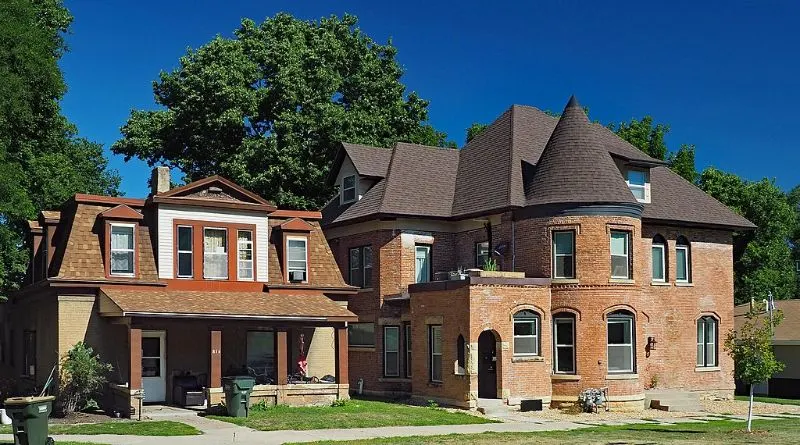
Residential land use refers to land that is for housing. It encompasses anything from family homes with yards to multi-unit constructions. For example, apartment blocks, condominiums, and townhouses.
Nowadays, there are borders in residential areas like school zones, college zones, campuses, stationery stores, grocery stores, textile shops, industries, parks, children’s playgrounds, and many other amenities. The residential sections are packed with apartments.
But the ancient residential land was 100 meters or 200 meters distant. It is far from one apartment to the next and with fewer essential services.
Districts and states are well developing in every region of modern society. Villages are developing with technical equipment such as agriculture, transportation facilities, electricity connections, communication facilities, neighborhood factories, and retail malls.
Companies, Industrial Zones, and Commercial Complexes are examples of Urban Land.
4. Agricultural Land
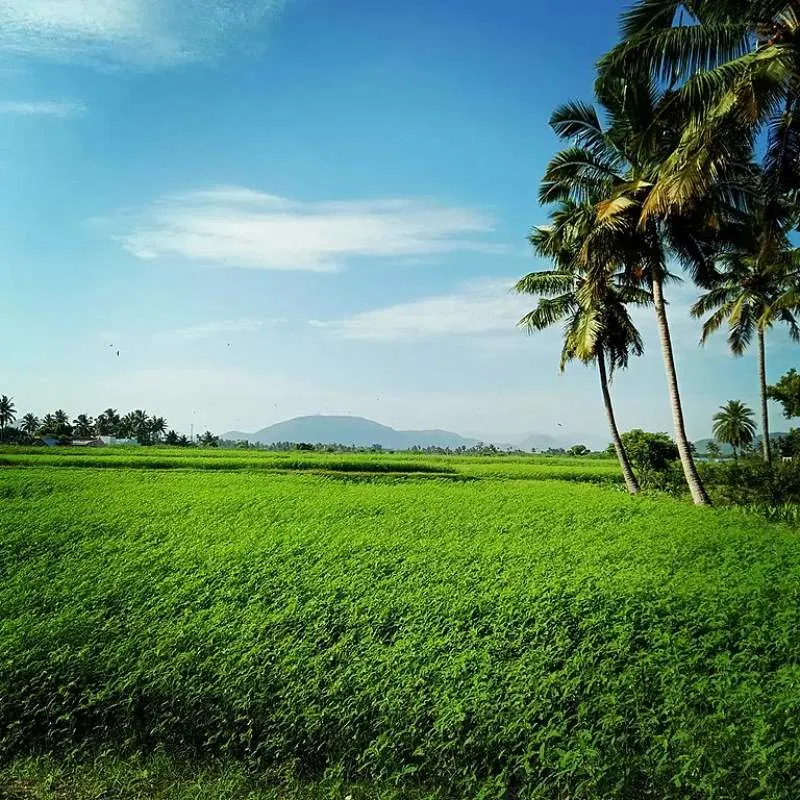
Agricultural land is devoted to crop production, livestock, and other biological products for human consumption or use. This land can be divided into three main categories: arable land, land under permanent crops, and pastures and hayfields.
Arable land includes land under irrigation or dry cropping. It is also improved pastureland, native pastureland, orchards, and wasteland.
Permanent crops are planted once and remain in place for a long time, like trees, shrubs, and vines.
Pasture land and hayfields are used for grazing animals such as cows, sheep, and goats. Agricultural land is a significant part of our natural landscape. It plays a vital role in providing food for humans and other animals.
5. Recreational Land
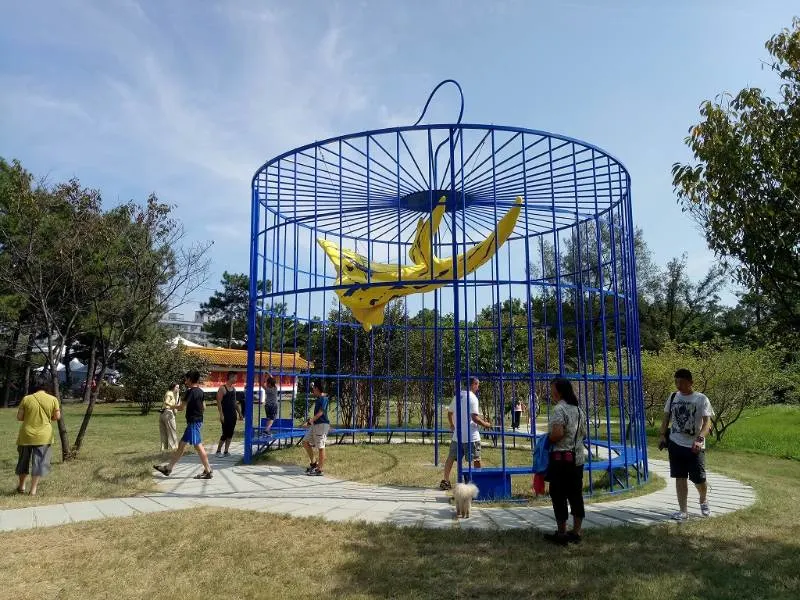
Recreational land use refers to land used for recreational activities. Camping, hiking, hunting, fishing, and other outdoor activities are common in rural areas. City parks, playing fields, hiking, bike routes, and so on can all be found in urban settings. According to laws and zoning requirements, the land is only used for recreational purposes
The recreational land is not utilized for residential reasons. Recreational land is what provides delight and enjoyment to people who visit.
6. Transport Land
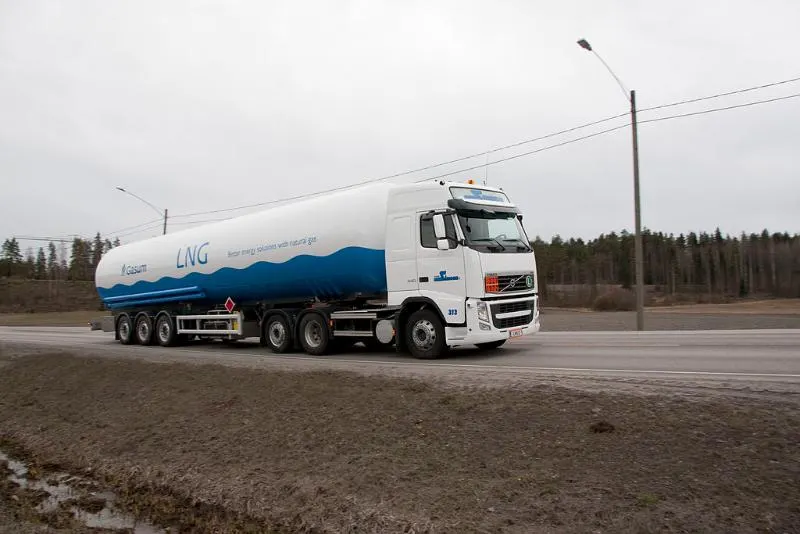
Transport land use refers to land designated for the movement or transportation of products and people from one location to another. Roads, highways, trains, and airports are among the examples.
Walking, running, cycling, public transportation, and private automobiles are modes of transportation.
It is utilized to connect various cities, towns, and villages. Transportation via buses, trains, motorbikes, scooters, and automobiles is crucial in human life.
7. Vacant Land
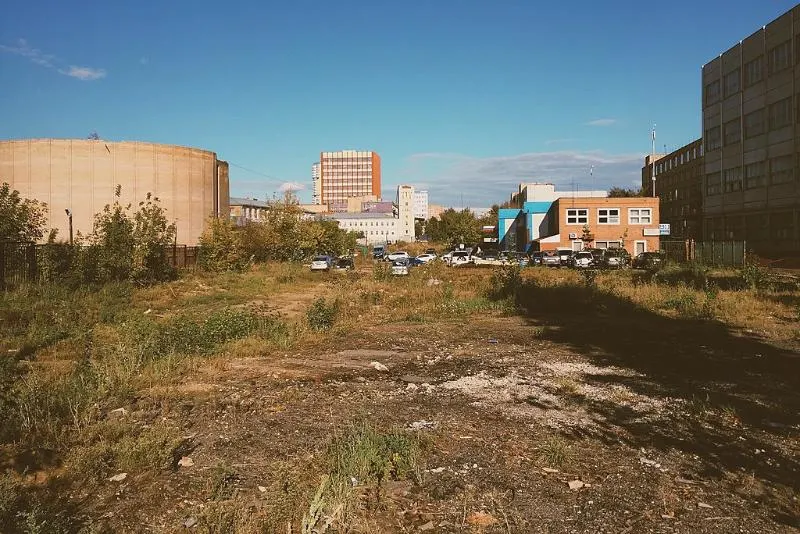
Gennady Grachev ] used under CC BY 2.0Vacant land is defined as any property without permanent development or structures in place on it. These plots are large, open patches of land with no buildings or structures. And it can be zoned for residential, industrial, or commercial use.
With vacant land, investors have the potential to create something from nothing since it is a blank slate for them to use or build on. Vacant land is a viable option for those looking to build their dream home, construct a business, or develop an agricultural property.
Furthermore, vacant land often has easements that allow access to public utilities such as water and electricity.
8. Coastal Lands
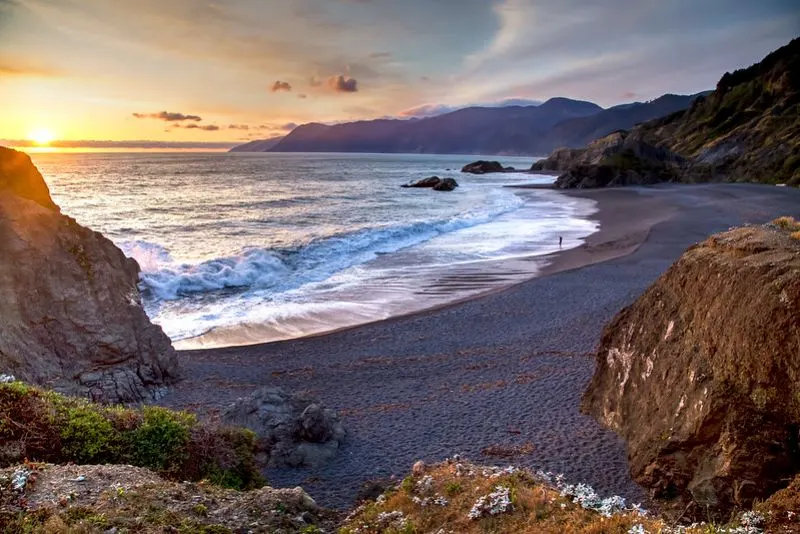
The coastal environment is made from various landforms, ranging from sloping beaches to dramatic cliffs, caves, coves, and bays. These regions are characterized by beaches, dunes, barriers, lagoons, and tidal flats.
These landforms are created by some type of erosion, such as corrosion, abrasion, hydraulic action, solution, and attrition. As waves approach land, they break and form waves, like Swanage bay.
It is an example of headlands and bays located on the Dorset coastline. Coastal lands are essential for many activities. And they are used for both commercial and recreational purposes.
See Related: What is a Critical Habitat? Everything You Need to Know
9. Wet Land
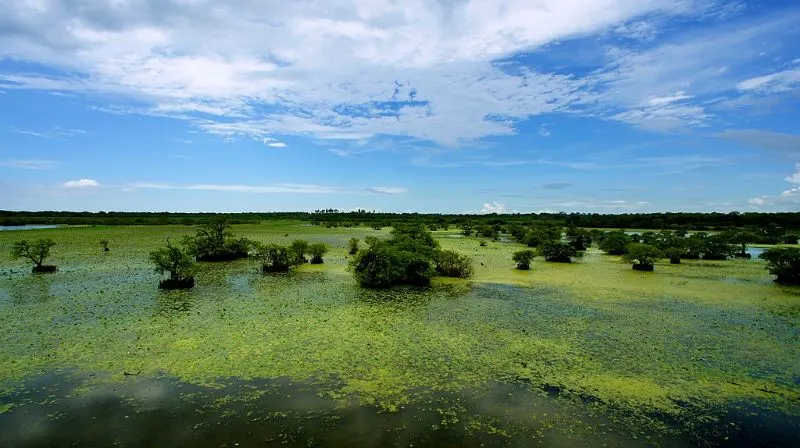
Wetlands are covered by water and connected to the land. It contributes to the world’s productive ecosystem and wildlife habitat. And certain wetlands are covered by fresh or salty water.
Wetlands are classified as Bays, Ponds, Lakes, Rivers, and Oceans.
Wetlands are important because it enhances water quality. They also supply and provide wildlife habitat and mitigate coastal cyclone damage.
10. Barren Land
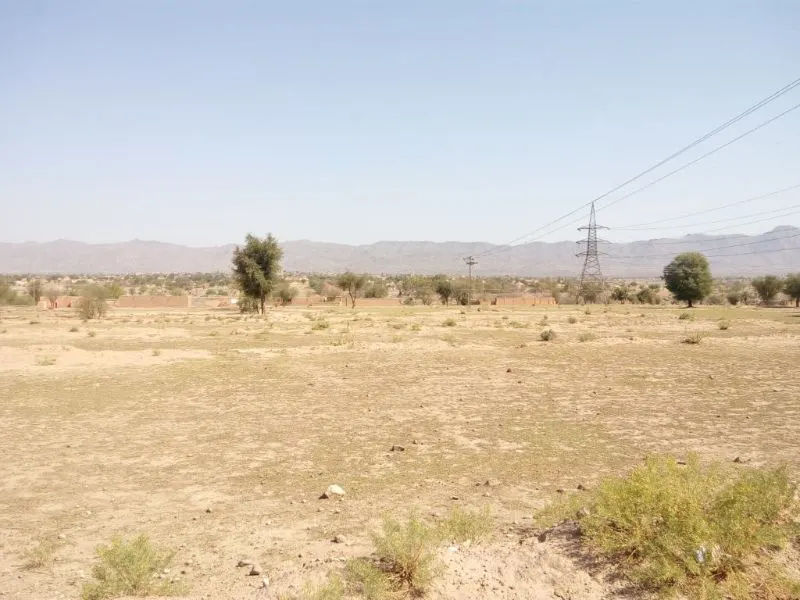
Barren land is a desert land formed of soil where neither trees nor plants can grow. Barren land is dry and bare and also known as wasteland and desolation.
Deserts are hot and dry land featuring dunes, plains, oases, and interior or coastal regions. The four types of deserts are subtropical deserts, the semiarid desert, the coastal desert, and the midlatitude desert.
The world’s famous deserts include the Antarctic Desert in Antarctica, the Arctic Desert in the Arctic, the Sahara Desert in Africa, the Great Australian Desert in Australia, and the Arabian Desert.
These deserts were formed over millennia by the actions of windblown sand that shape their unique landforms. Interior deserts are in the middle of a continent and generally form because of their distance from moisture sources like oceans.
Hot deserts have year-round hot and dry weather, while coastal deserts have cool winters and warm summers. Cold winter deserts feature snowfall during winter months.
11. Forests
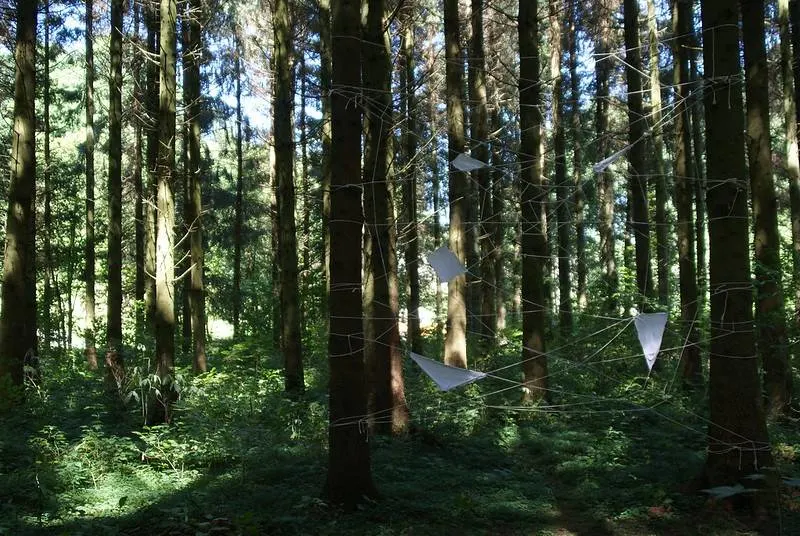
You can define forest land with at least 10% of its surface covered by trees of any size. Natural or intentional regeneration is what comprises terrain.
Forests are the most diverse type of land on the planet. You can find them in different climates and regions and a wide variety of flora and fauna. The three major forest biomes are temperate forests, tropical forests, and boreal forests.
You can find deciduous forests in areas with cold winters and warm summers. While you can find coniferous forests in cool climates in the Northern Hemisphere. Tropical rainforests and boreal coniferous forests are the least fragmented. While subtropical dry forests and temperate oceanic forests are among the most fragmented.
In Ireland, the Forest Service of the Department of Agriculture, Food & the Marine handles forestry development in the country. They classify forest types at the broadest level: coniferous, broadleaved, and mixed.
Forests provide us with a range of resources, from timber for furniture to food for animals. And it makes them an essential part of our planet’s ecosystems.
See Related: Do Lions Live in the Jungle? Learn Where They Live
12. Grasslands and Tundras
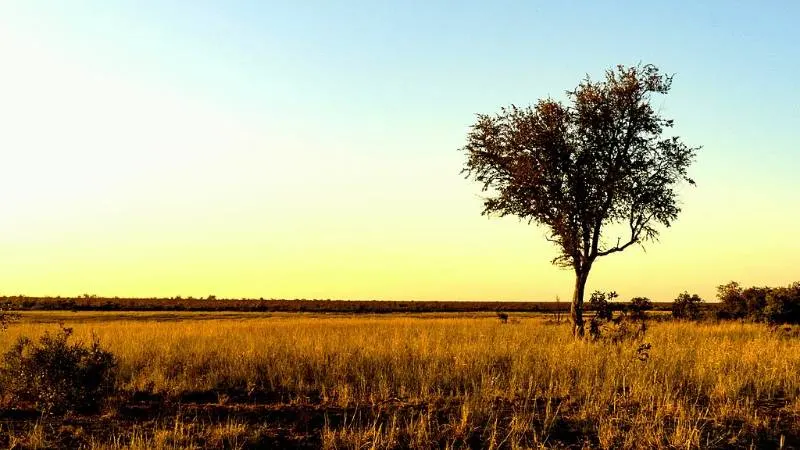
The land biome is a diverse and complex ecosystem. After other types of land, it is now time to turn our attention to two biomes: grasslands and tundras.
Grasslands cover about one-quarter of the Earth’s land area. Their wide-open spaces and long grasses characterize grasslands. They are also home to various animals. It includes large grazing mammals such as bison, antelope, and gazelles.
You can find the tundra biome at higher altitudes. And it consists of two subcategories: the Arctic tundra and the Alpine tundra. Its cold temperatures and permafrost soil are what characterizes this biome.
The plants that grow in the tundra have adapted to harsh conditions. An example is the willow and juniper dwarf forms that grow flat or along the ground. It is a unique biome that is worth exploring further.
FAQs
What effects does climate change have on land usage and land cover?
GHG emissions have an impact on the land through changes in weather and climate and changes in atmospheric composition.
How do land and land use affect climate change?
The condition (e.g., chemical composition and air quality, temperature and humidity) and dynamics (e.g., the strength of horizontal and vertical winds) of the atmosphere are altered by land and land use change, which can moderate or amplify climate change.
different land types
Different land types are areas of land that have distinct physical and biological characteristics. These characteristics can include soil type, topography, vegetation, and climate. Understanding the different land types is important for land use planning, agriculture, and conservation efforts.
What are the five types of land?
Land can be categorized into five main types: agricultural, forest, desert, tundra, and urban. Agricultural land is used for farming and raising livestock, while forest land is covered by trees and other vegetation. Desert land is characterized by its arid climate and lack of vegetation, while tundra land is found in colder regions and is covered by snow and ice for much of the year. Urban land is used for human settlement and includes residential, commercial, and industrial areas.
Related Resources:
- Importance of Wildlife Conservation: Things to Know
- Animals That Have Gone Extinct Due to Deforestation
- How Do Animals Adapt To Their Environment?

